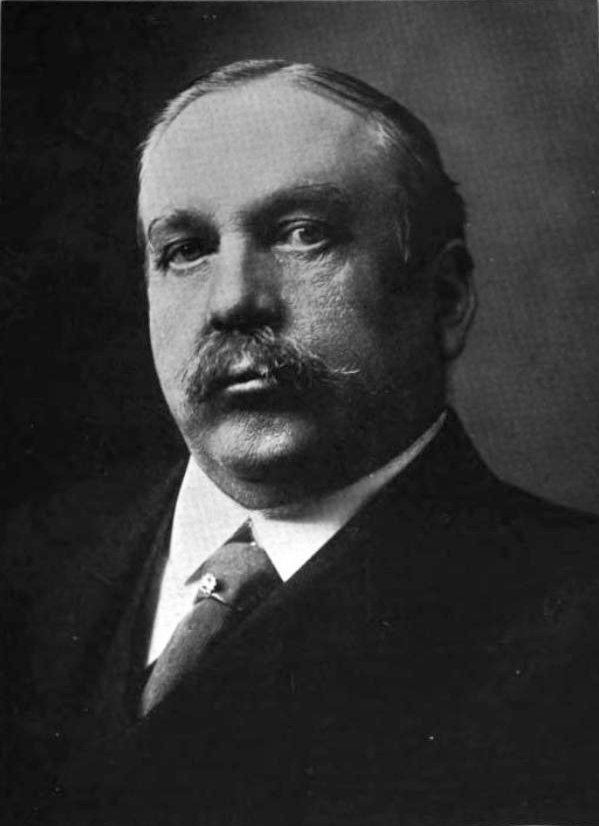Cause of death Pneumonia Role Businessman Name Adolph Spreckels | Occupation Businessperson Nationality United States Parents Claus Spreckels | |
 | ||
Full Name Adolph Bernard Spreckels Known for Spreckels Sugar CompanyCalifornia Palace of the Legion of Honor Died June 28, 1924, San Francisco, California, United States Children Adolph Bernard Spreckels II Siblings John D. Spreckels, Rudolph Spreckels Similar People | ||
Adolph Bernard Spreckels (January 5, 1857 – June 28, 1924) was a California businessman who ran Spreckels Sugar Company and who donated the California Palace of the Legion of Honor art museum to the city of San Francisco in 1924. His wife Alma was called the "great grandmother of San Francisco". His 55-room mansion, built in 1913 in Pacific Heights is the current home of novellist Danielle Steel.

Life and career
Spreckels was born in San Francisco, California. His parents were Anna Christina Mangels and Claus Spreckels, founder of the Spreckels Sugar Company. At the age of 12, Adolph studied abroad in Hanover, Germany for two years, returning to San Francisco to finish his studies. When the company was founded in 1881, he was named a vice-president. Spreckels succeeded his father as company president upon the latter's death in 1908. He was intensely loyal to both his father and his brother John. In 1884, he shot Michael H. de Young, co-founder of the San Francisco Chronicle, supposedly because of an article in that newspaper suggesting his sugar company defrauded its shareholders. Spreckels pleaded temporary insanity to the charge of attempted murder and was acquitted. The California Palace of the Legion of Honor was championed by his wife Alma and paid for from the Spreckels fortune. It was merged with the M. H. de Young Memorial Museum in 1972 to become the Fine Arts Museums of San Francisco.
Besides the sugar company, Spreckels was president of the San Francisco and San Mateo Electric Railway, vice-president of both the Western Sugar Company and the Oceanic Steamship Company, as well as a director of the Sunset Monarch Company. In addition to his business enterprises, Spreckels served as San Francisco's Park Commissioner and was heavily involved with the development of Golden Gate Park, all the land between what is now the 25th Avenue crossover westward to the Great Highway at Ocean Beach, he donated to the park. Spreckels Lake, in the park, is named after him. Spreckels Organ Pavilion in San Diego's Balboa Park, housing the largest outdoor pipe organ in the world, was also built by Spreckels and his brother John. Furthermore, his brother John commissioned Spreckels Organ in honor of Adolph, who died before it was completed.
Spreckels was also fond of horse racing and owned and bred a number of race horses, most famously Morvich, the first California-bred horse to win the Kentucky Derby (1922).
He and Alma were married on May 11, 1908, after a five-year courtship. They had three children, daughter Alma Emma, son Adolph Bernard, Jr., and another daughter, Dorothy Constance. The family's 1913 mansion, located at 2080 Washington Street in the Pacific Heights neighborhood of San Francisco, is currently the home of novelist Danielle Steel.
After the birth of their last daughter, Spreckels' health began to deteriorate due to syphilis he had contracted before his marriage. He had known about the disease and had kept it secret from his wife, but fortunately for her during their intimate years it had been in a latent, non-contagious state. Spreckels died in 1924 from pneumonia.
